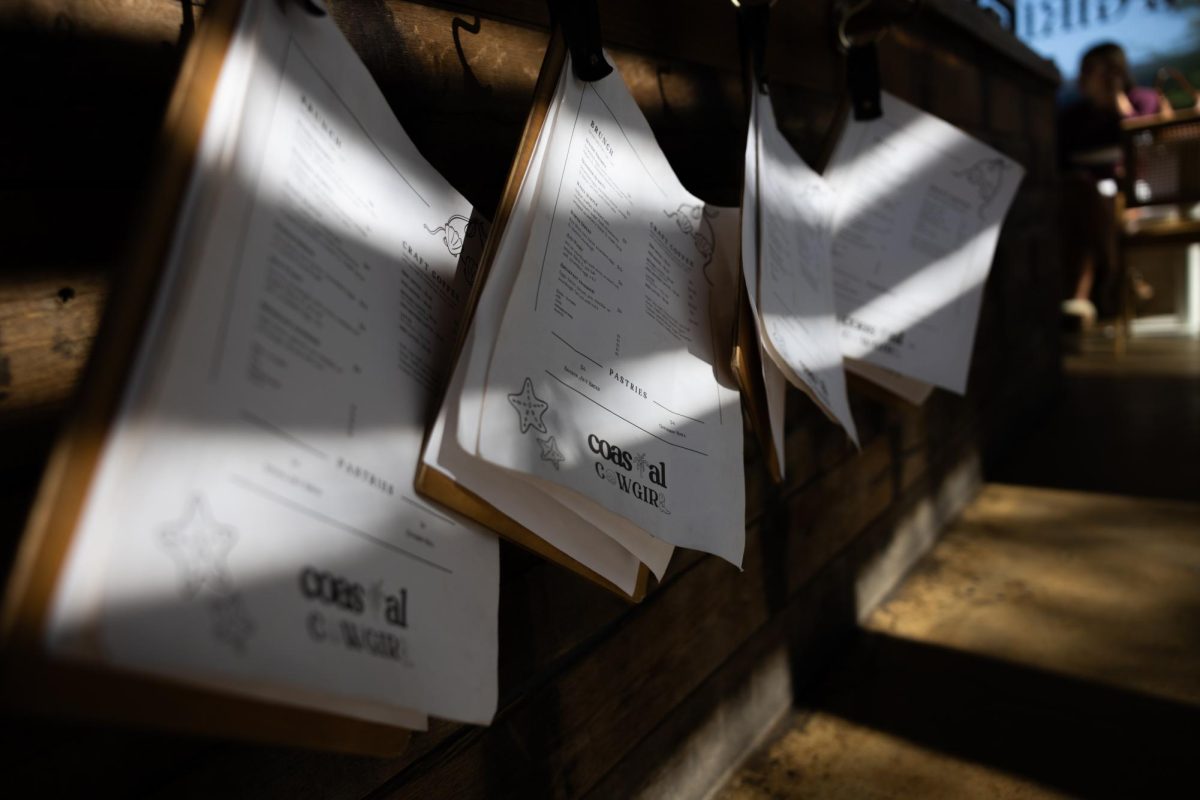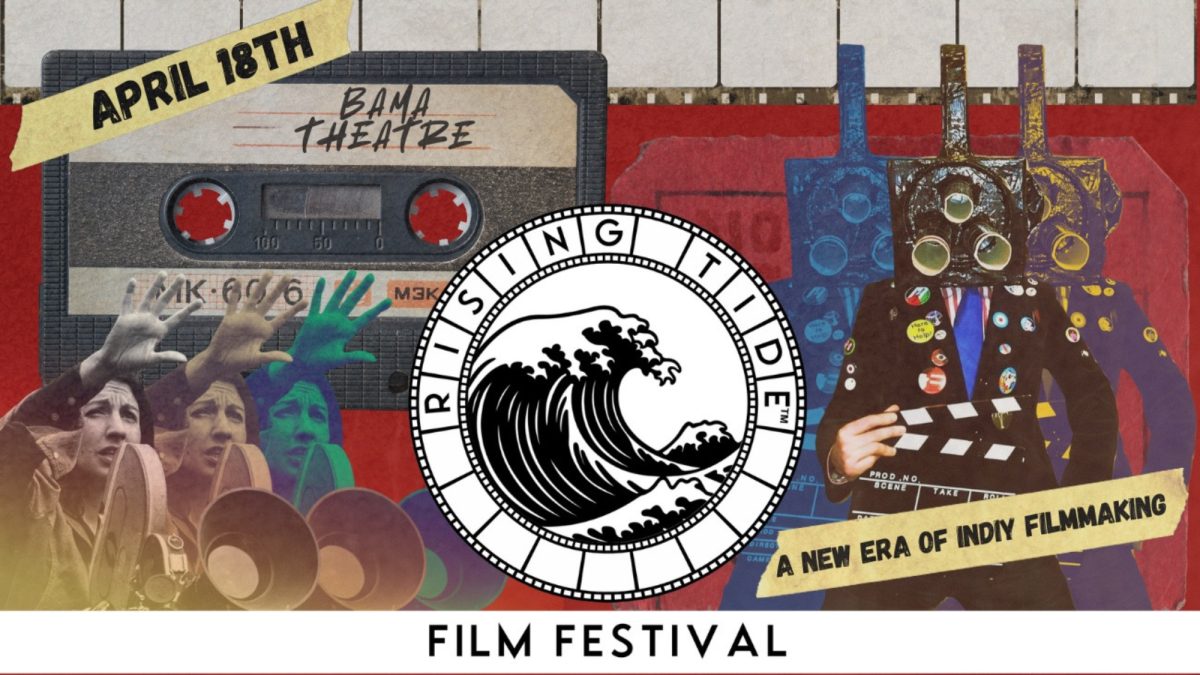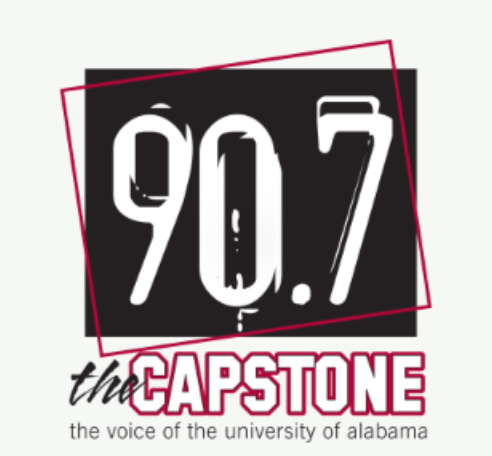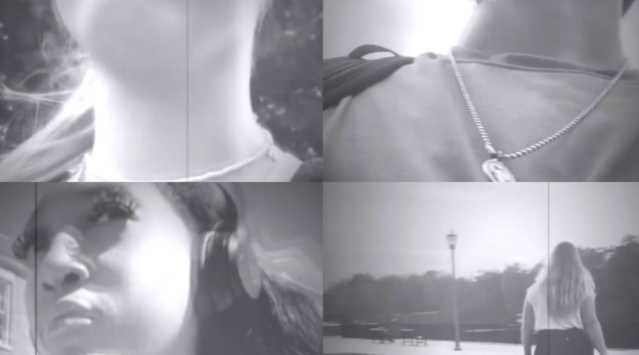Each time Molly Brooke Threadgill receives a call from her grandmother, the first question is usually the same: “Are you rummaging?” her grandmother jokes. The answer is often yes.
Threadgill is a senior majoring in sculpture who creates art using what she calls ‘appropriated-found materials.’ Her work is being featured at the Kentuck Museum through Feb. 27.
“I make my artwork out of things I can find,” said Threadgill, who searches for unique items in places such as her grandmother’s house, local antique shops and even over the Internet. “I like to use those kind of materials because they bring their own history.”
Threadgill’s exhibit at the Kentuck Museum opened Feb. 4, showcasing her work from the past two years. The collection features various pieces, including a wood sculpture carved on a spinning lathe, as well as artwork made from old children’s books, maps and dress patterns.
“I’m exploring the subject of childhood innocence,” Threadgill said, “more specifically, the difference between idealized images and reality. A lot of my work is relevant to the 1940s, ‘50s, and ‘60s when life was often very different than the images presented by society.”
For the 2009 Windgate Fellows Exhibition, Threadgill explored these concepts by creating a series of images using scenes from antique children’s coloring books. Her collection, titled “Pasting without Paste,” piqued the interest of prominent American art collector Paul R. Jones, who purchased the images.
Jones had recently donated his entire body of art to the University, which consisted of about 1,700 pieces valued at $4.8 million. Threadgill became the first student artist added to Jones’ lifelong collection.
“The significance of selling her artwork,” said Craig Wedderspoon, Threadgill’s sculpture professor, “is that she’s attracting public attention and raising curiosity about her work. That type of recognition is what artists strive to achieve.”
It was not until after Jones’ death in January that Threadgill learned her images had been displayed in his living room. She will be speaking at a tribute to Jones on March 10 at the Hotel Capstone.
“Dr. Jones was the first person that ever financially supported my art,” Threadgill said. “I will be grateful to him for the rest of my life.”
Since Threadgill’s arrival at UA three years ago, she has been awarded the Elizabeth B. Bashinsky Art Scholarship and the Windgate Studio Arts Scholarship in recognition of her work. She also serves as co-chair of Arts Students League, organizing and coordinating exhibitions for the Sella-Granata Gallery.
“The UA art program has really helped me figure out what I want to do and provided a great sense of community,” Threadgill said. “I have had wonderful professors who really make me think about everything I do and question the purpose of my work.”
Wedderspoon said each mark she makes as an artist is significant.
“I try to point out to her that she’s making decisions with her work,” Wedderspoon said. “Then I encourage her to realize what that decision is and why she’s made it.”
Threadgill said she has always been one to ask a lot of questions, which has worked to her benefit. “When it comes to my work, I’m still questioning,” she said. “I’ll be questioning forever.”
Threadgill said she plans to graduate in May, but not before displaying work in a senior sculpture exhibition at the end of the semester. She said she is also hopeful to show at the BFA Juried Exhibition in April. Both events will be held at Harrison Galleries.
When it comes to her plans for the future, Threadgill said she is uncertain but considering graduate studies at some point in her life.
“Good things just seem to happen to me lately,” she said, “And whatever the future brings, I’ll make the best of it.”








